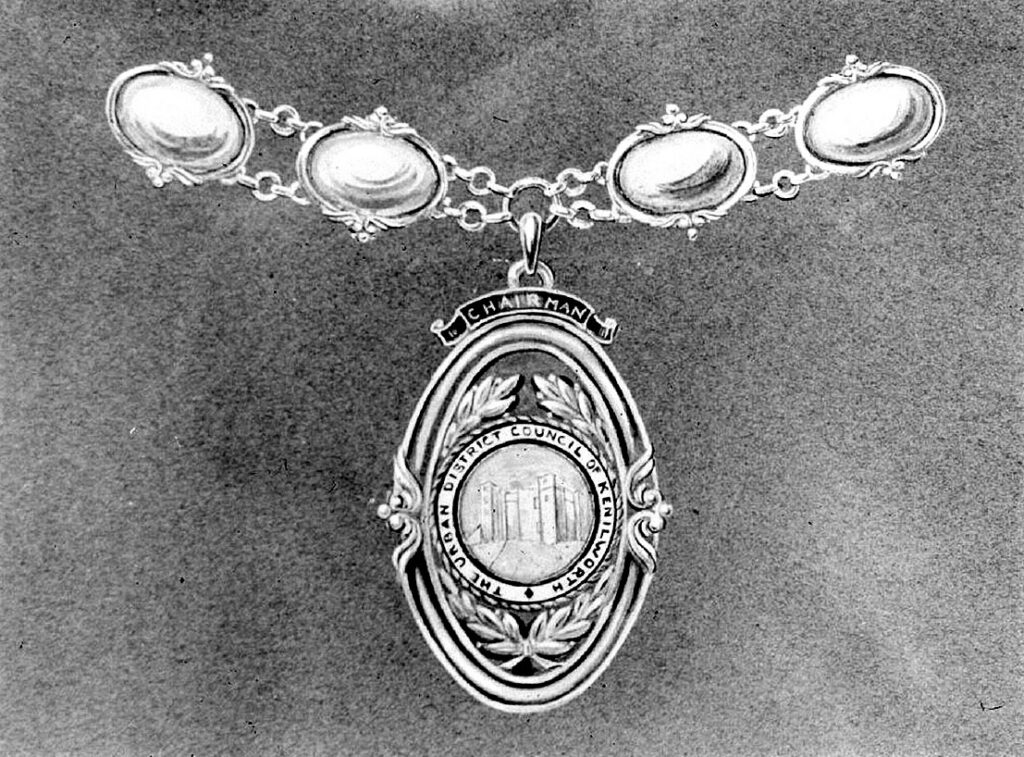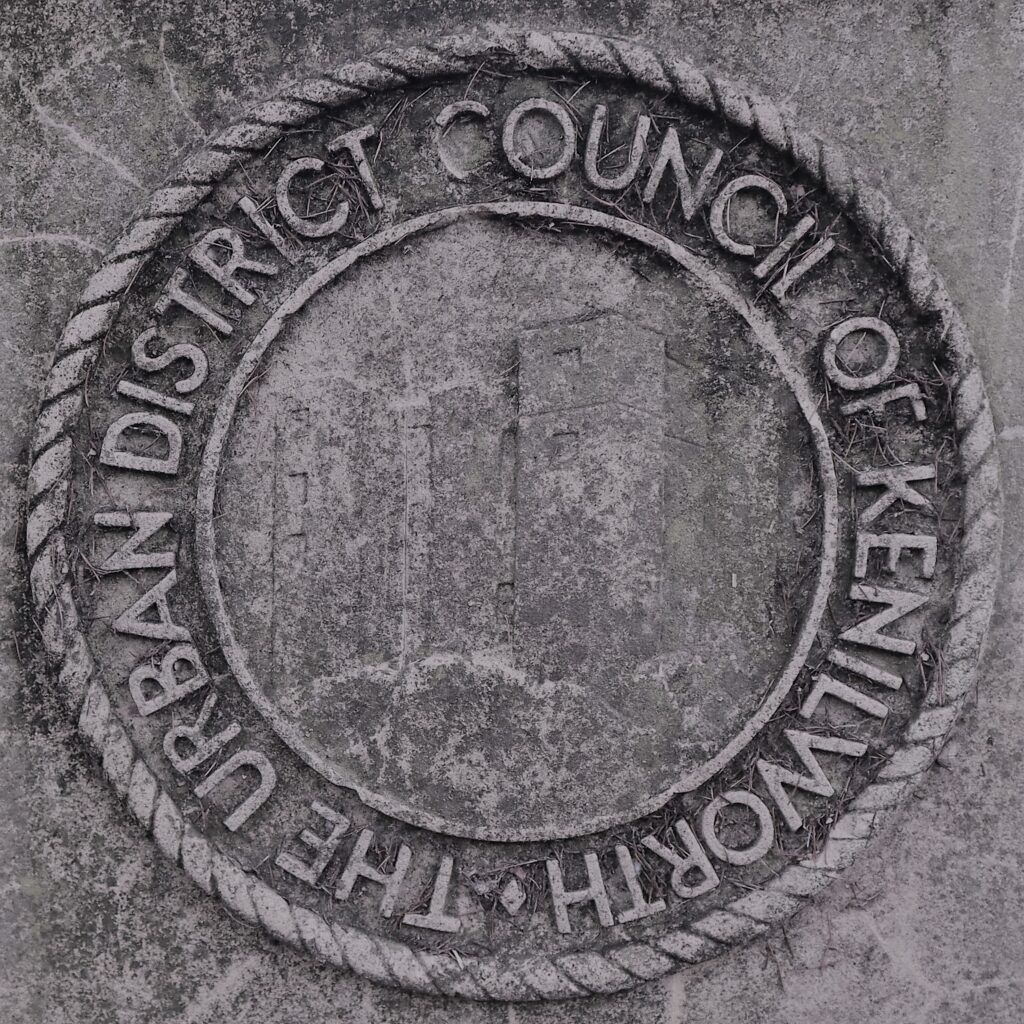1895-1974

Courtesy of the Warwickshire County Records Office. ref. PH (N) 600/147/3
click above image to enlarge
| 1895-96 Henry Street | 1896-97 Henry Street | 1897-98 Henry Street |
| 1898-99 William Pears | 1890-00 William Pears | 1900-1 Edmound Bourne |
| 1901-2 Edmund Bourne | 1902-3 Edmund Bourne | 1903-4 Edmund Bourne |
| 1904-5 Edmund Bourne | 1905-6 Edmund Bourne | 1906-7 Edmund Bourne |
| 1907-8 William Growse | 1908-9 William Growse | 1909-10 William Growse |
| 1910-11 Edwin Gee | 1911-12 Edward Hodges | 1912-13 Edward Hodges |
| 1913-14 Arthur Street | 1914-15 Arthur Street | 1915-16 Arthur Street |
| 1916-17 Charles Randall | 1917-18 Charles Randall | 1918-19 Charles Randall |
| 1919-20 Charles Randall | 1920-21 Charles Randall | 1921-22 James Jackson |
| 1922-23 Edward Hodges | 1923-24 Edward Hodges | 1924-25 Edward Hodges |
| 1925-26 Charles Barwell | 1926-27 Charles Barwell | 1927-28 Charles Barwell |
| 1928-29 Edward Hodges | 1929-30 Charles Carter | 1930-31 Charles Carter |
| 1931-32 Allen Spaven | 1932-33 John Clarke | 1933-34 Allen Spaven |
| 1934-35 George Tisdale | 1935-36 George Tisdale | 1936-37 Thomas Jackson |
| 1937-38 Thomas Jackson | 1938-39 Henry Watling | 1939-40 Henry Watling |
| 1940-41 Leonard Smalley | 1941-42 Leonard Smalley | 1942-43 William Bostock |
| 1943-44 William Bostock | 1944-45 Frank Weetman | 1945-46 Frank Weetman |
| 1946-47 William Griffiths | 1947-48 Alan Huckvale | 1948-49 Alan Huckvale |
| 1949-50 Alan Huckvale | 1950-51 Hubert Howe | 1951-52 Hubert Howe |
| 1952-53 Alan Huckvale | 1953-54 Alan Huckvale | 1954-55 Alan Huckvale |
| 1955-56 Henry Watling | 1956-57 Henry Watling | 1957-58 Leonard Smalley |
| 1958-59 Leonard Smalley | 1959-60 Eric Smith | 1960-61 Eric Smith |
| 1961-62 Jack Cox | 1962-63 Jack Cox | 1963-64 Joseph Watts |
| 1964-65 Ronald Stansfield | 1965-66 Thomas Evans | 1966-67 Florence Adcock* |
| 1967-68 Bill Whiteman | 1968-69 Kenneth Rawnsley | 1969-70 Chris Webster |
| 1970-71 Joan Salkeld | 1971-72 Ronald Stansfield | 1972-73 Derek Moore |
| 1973-74 Kenneth Hogarth |
*Florence Adcock was the first ever woman to become ‘Chairman’
